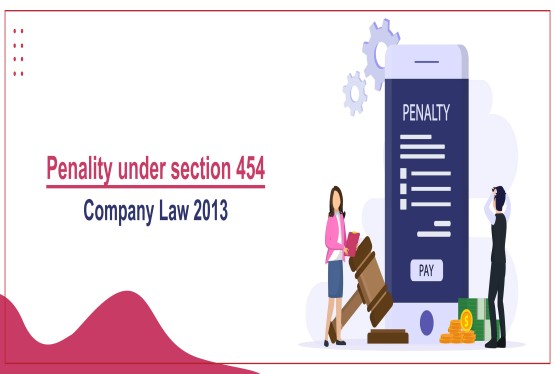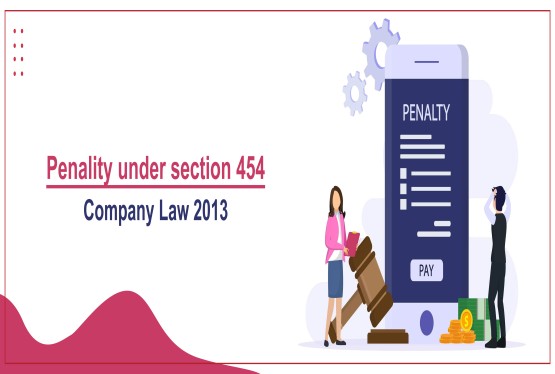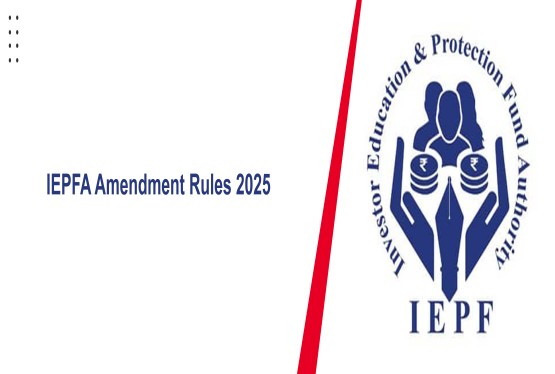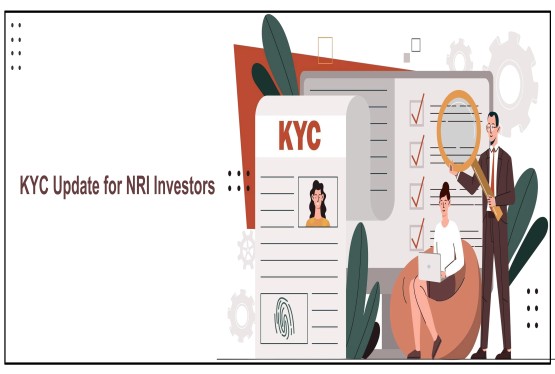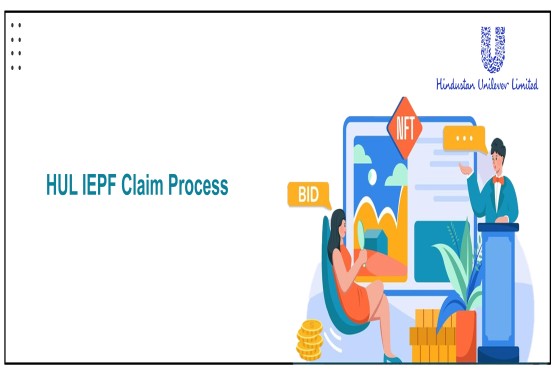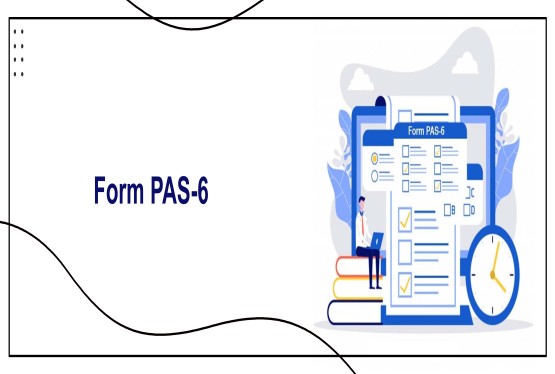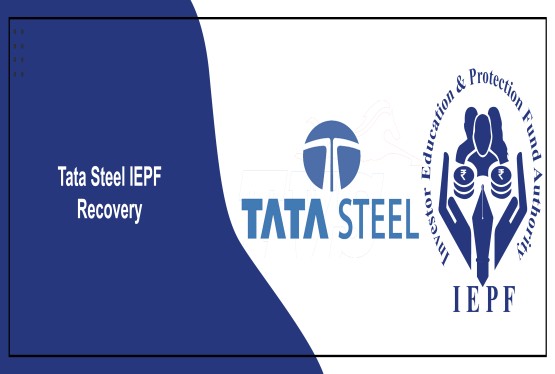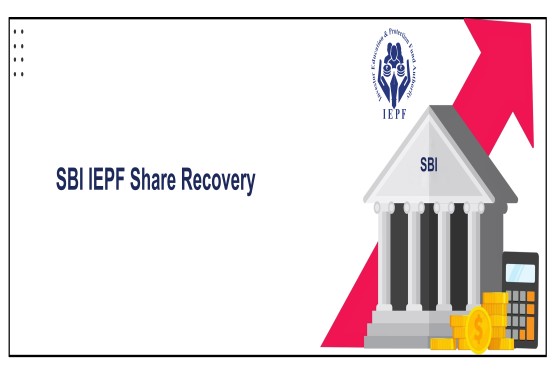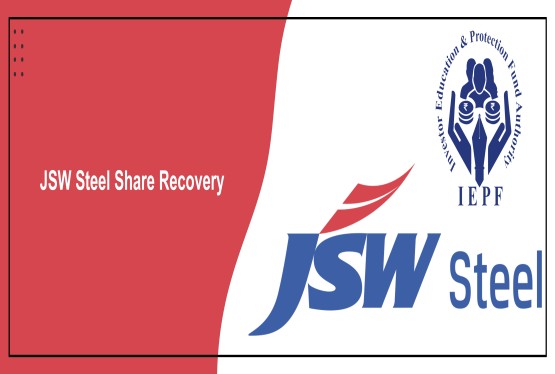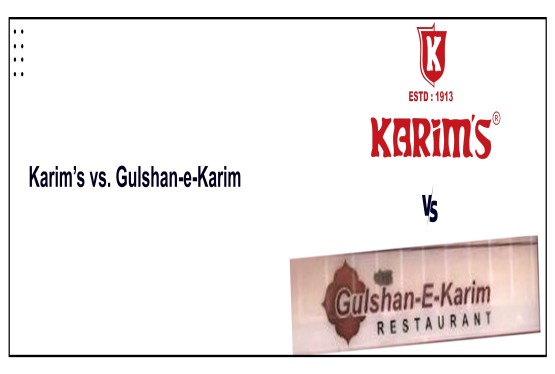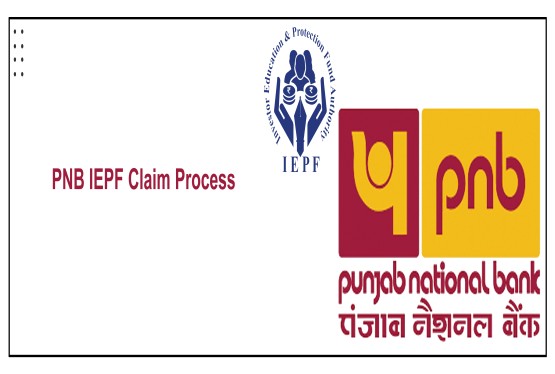Avoid Future Legal Liability
If a company is struck off with pending liabilities (loans, dues, or unresolved disputes), the directors can be held personally liable for those in the future like any GST Dues/ Any creditors due etc.. A director's Indemnity Bond (STK-3) makes them legally accountable even after dissolution. Hence, any hidden dues can backfire later.
Prevent Rejection of Strike-off Application
If documents like NIL ITR, bank closure, or Directors loan waiver letters are not attached or if ROC finds outstanding compliances, the application in Form STK-2 will be rejected, and the process must be reinitiated, wasting time and money and 10,000 loss for the applicant.
To know more about the process of Closure of a Company.
Must check Clean Exit on MCA & Income Tax Records
Proper closure ensures your company is removed from MCA and PAN records. Otherwise:
-
You may still receive notices from Income Tax, GST, or other authorities especially GSTR-10 form for surrender of GST certificates etc.
-
Non-filing of ITR or annual ROC forms (Form AOC-4, MGT-7) may attract late fees or prosecution even after the business has stopped operating.
Eliminate Future Disqualification of Directors
If a company is struck off due to non-compliance by ROC sue moto, the directors may get disqualified for 5 years under Section 164(2) and barred from holding directorships in other companies, hence its important to apply by the directors own after completing the minimum requirements for closure u/s 248 by filing STK-2 with the help of Compliance Calendar LLP team.
Safeguard Stakeholder Interests
Trade licenses, unsecured loans, statutory registrations (like GST), and liabilities to vendors or employees must be closed or resolved. Ignoring this may lead to stakeholder claims or litigation after the company is struck off.
Clarify Final Financial Status
The STK-8 statement of accounts, certified by a CA, shows the company has no assets or liabilities. Failing to reflect accurate information can amount to false filing, punishable under Section 448 and 449 of the Companies Act, 2013.
Timeline for Company closure by filing STK-2 u/s 248 of Companies Act, 2013
|
Timeline / Stage |
Form No. |
Form Title & Provision |
Key Content / Summary |
|
Initiation by ROC |
STK-1 |
Notice by ROC for Removal of Name[Section 248(1), Rule 3] |
Registrar issues notice stating the company:
|
|
Voluntary Application by Company |
STK-2 |
Application by Company for Strike-off[Section 248(2), Rule 4(1)] |
Application by company for suo-moto strike-off. Requires filing online through MCA portal with attachments like STK-3, STK-4, STK-8, Board resolution, affidavits, indemnity, and CA-certified financials. |
|
Attachment with STK-2 |
STK-3 |
Indemnity Bond by Directors[Rule 4(3)(i)] |
Mandatory for each director, individually or collectively. To indemnify any person/claimant for claims arising after striking off. Executed on stamp paper of appropriate value. |
|
Attachment with STK-2 |
STK-4 |
Affidavit by Directors[Section 248(2), Rule 4(3)(iii)] |
Personal affidavit by each director affirming:
Sworn before notary. |
|
After Acceptance of STK-2 |
STK-5 |
Public Notice by ROC under Section 248(1)[Rule 7] |
Published by ROC in official gazette and website. Lists companies being struck off under suo-moto powers or non-compliance. Objection invited within 30 days from any stakeholder. |
|
Post STK-2 Filing (Voluntary) |
STK-6 |
Public Notice for Voluntary Application under Section 248(2)[Rule 7] |
Similar to STK-5, but applicable to companies that themselves filed for strike off via STK-2. ROC proposes removal after application and invites public objections within 30 days. |
|
Final Order of Strike Off |
STK-7 |
Notice of Striking Off and Dissolution[Section 248(5), Rule 9] |
ROC issues this notice confirming that the company’s name is removed and company is dissolved. Includes Annexure-A listing companies struck off and corresponding SRNs. |
|
Attachment with STK-2 |
STK-8 |
Statement of Accounts (CA Certified)[Rule 4(3)(ii)] |
Financial statement (not older than 30 days from application date). Shows zero assets/liabilities. Must be certified by a practicing Chartered Accountant. Attached with STK-2. |
Simple Steps checklist for voluntary Strike-Off under Section 248(2)
-
Board Resolution approving strike-off.
-
Form STK-2 with government fees.
-
Attachments to STK-2 Form:-
|
Document Name |
Description / Notes |
|
|
Form STK-3 – Indemnity Bond (by each Director) |
Executed on stamp paper of appropriate value, individually or collectively by all directors. |
|
|
Form STK-4 – Affidavit (by each Director) |
Affidavit declaring nil assets/liabilities, no pending litigations, and eligibility for strike-off. |
|
|
Form STK-8 – Statement of Accounts |
CA-certified statement not older than 30 days from filing date, showing nil assets and liabilities. |
|
|
Board Resolution |
Resolution passed by Board authorising strike-off application under Section 248(2). |
|
|
Shareholders’ Approval – Special Resolution / Consent Letter |
Certified true copy of special resolution passed in general meeting or consent letter from all shareholders. |
|
|
PAN and Aadhar Cards of Directors |
Self-attested copies for KYC and identity verification. |
|
|
Income Tax Return (NIL ITR Copy) |
Latest ITR filed, preferably showing nil income (especially for recent financial years). |
|
|
Bank Closure Certificate |
Certificate issued by the bank confirming closure of company’s bank account(s). |
|
|
Surrender Certificates of Trade Licenses |
Proof of surrender/cancellation of any shop & establishment license, GST, or other registrations. |
|
|
Set-Off Liabilities/Expenses Proof / Clarification Letter |
Supporting documents or letters showing that all dues and liabilities have been cleared or settled. |
|
|
Director’s Loan Waiver Letter (if applicable) |
Letter from director(s) waiving off any unsecured loans outstanding in the books of the company. |
-
Form DIR-12 updated for directors if changed.
-
No liability certificate or NOC from regulatory authorities (if required).
Key take notes
-
All affidavits and indemnity bonds must be notarized.
-
Ensure that no pending litigation, investigation, or regulatory action exists.
-
In case any liability remains, a written explanation or waiver declaration must be attached.
-
Strike-off cannot proceed if the company has any active bank accounts, statutory dues, or assets.
Closure is Easy with Compliance Calendar LLP (CCL)
At Compliance Calendar LLP, we make the strike-off process seamless, compliant, and hassle-free.
-
Expert Handling of Forms STK-2, STK-3, STK-4, and STK-8
-
End-to-End Support – from board resolutions to CA certification
-
Zero Loose Ends – we ensure your bank accounts, licenses, and liabilities are properly closed
-
100% Compliance-Ready Documentation to avoid any future complications
-
Guided Communication with ROC – no delays, no rejections
Filing for strike-off is more than submitting STK-2, a legal closure process u/s 248 of the Companies Act 2013 of the corporate life of any company in India as a Private Limited, Public Company or any other category including OPC Company.











































































_crop10_thumb.jpg)




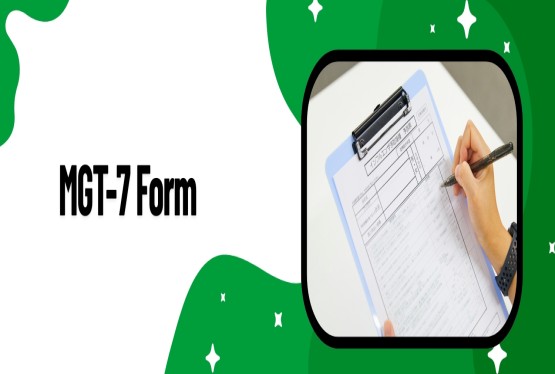





























































_crop10_thumb.jpg)
_crop10_thumb.jpg)



_crop10_thumb.jpg)


_crop10_thumb.jpg)





_crop10_thumb.jpg)

_crop10_thumb.jpg)














-suratgujarat-section-158_crop10_thumb.jpg)
-suratgujarat_crop10_thumb.jpg)
-(33)_crop10_thumb.jpg)



-ahmedabad_crop10_thumb.jpg)
-learn_crop10_thumb.jpg)

-learnn_crop10_thumb.jpg)



























































_crop10_thumb.jpg)















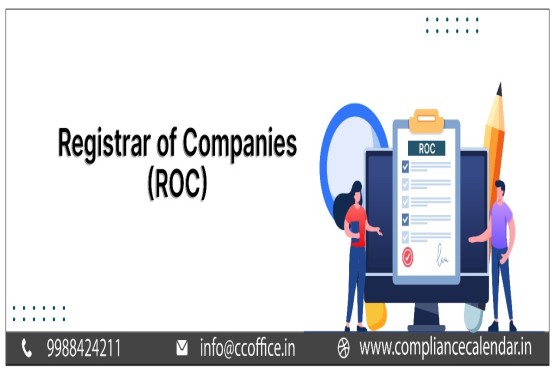






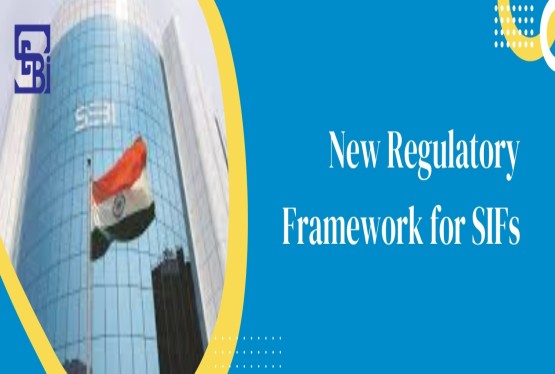
_Guidelines_learn_crop10_thumb.jpg)























_learn_crop10_thumb.jpg)
_crop10_thumb.jpeg)










_crop10_thumb.jpg)




_Second_Amendment_Rules,_2025_learn_crop10_thumb.jpg)







_learn_crop10_thumb.jpg)






















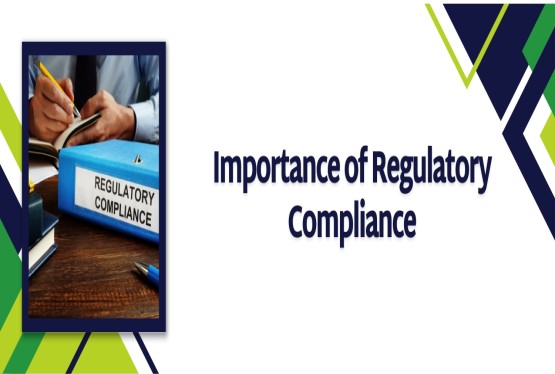






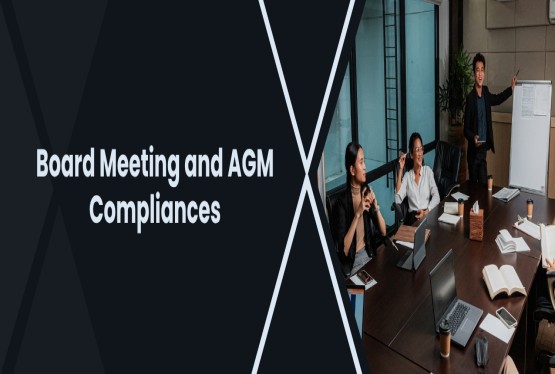
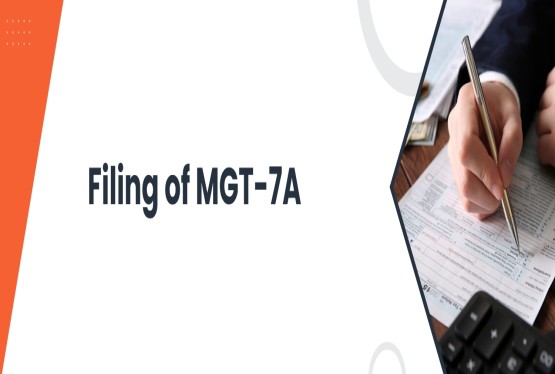
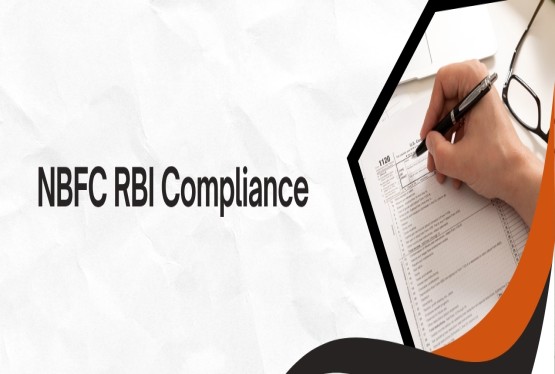





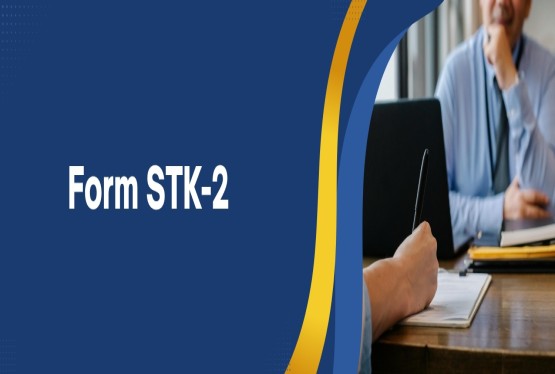
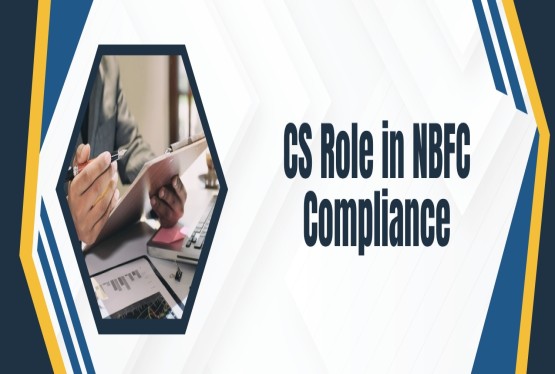

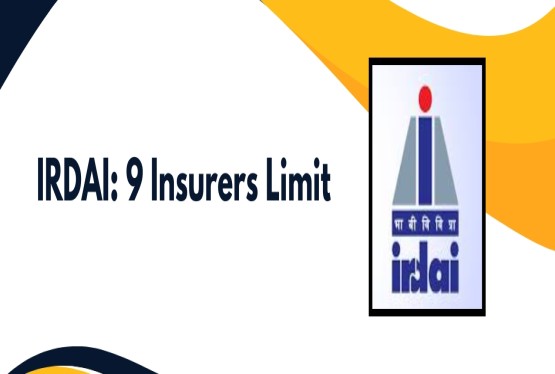


_learn_crop10_thumb.jpeg)

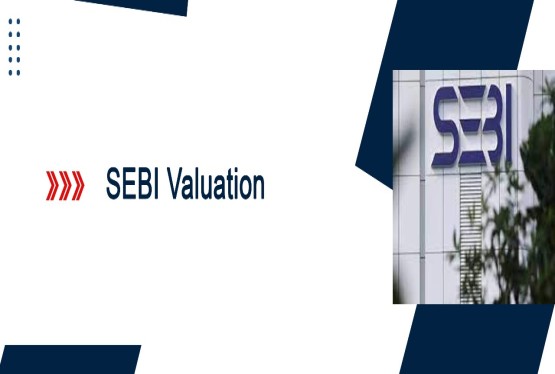


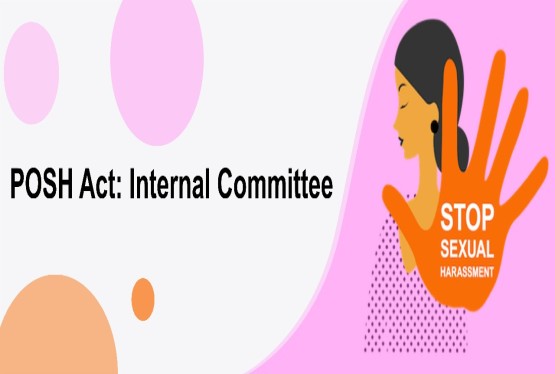
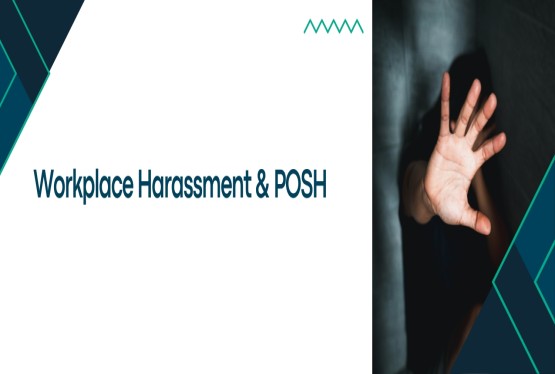
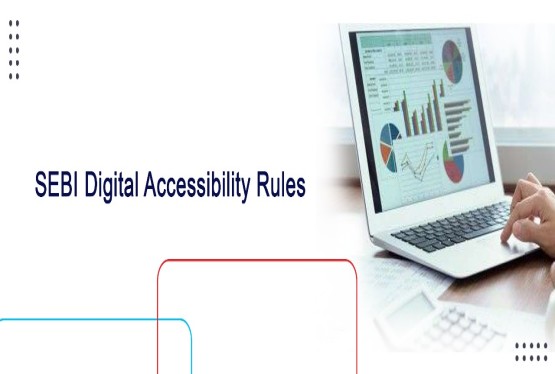

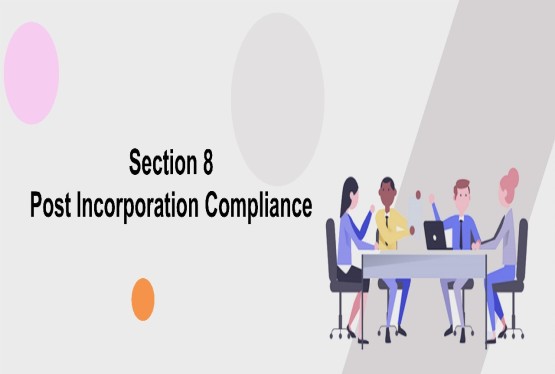
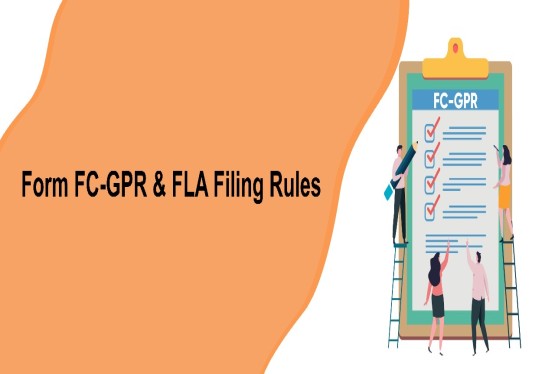

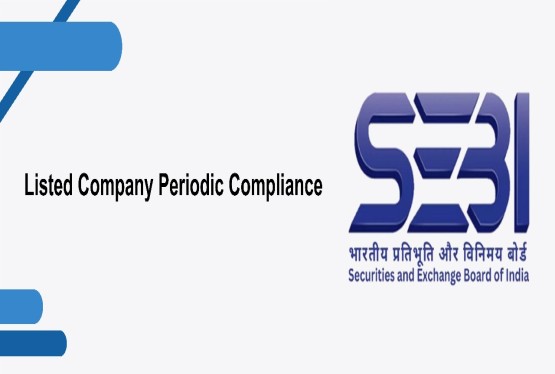

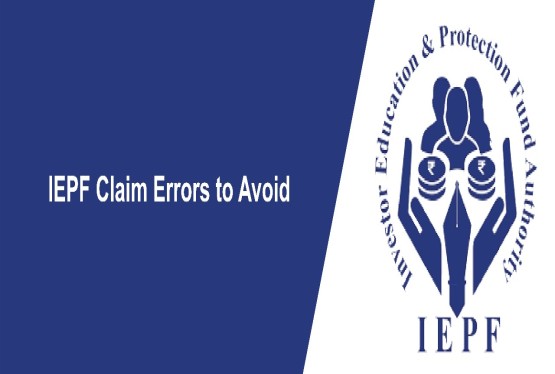
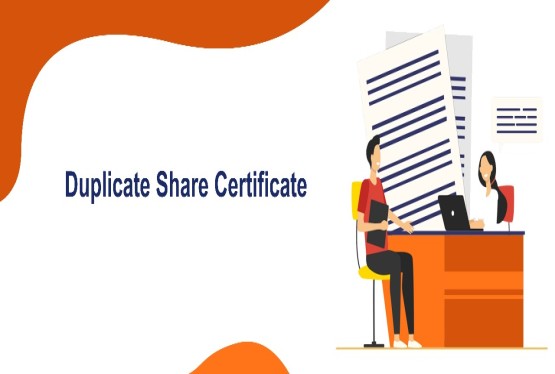

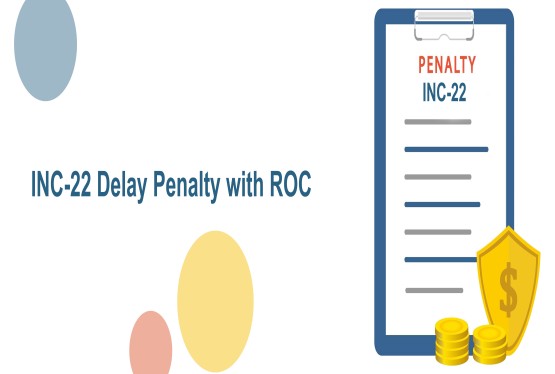


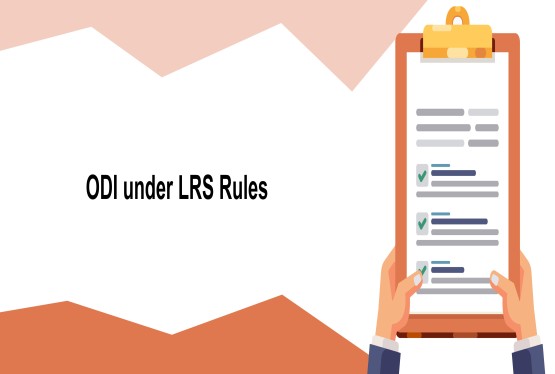
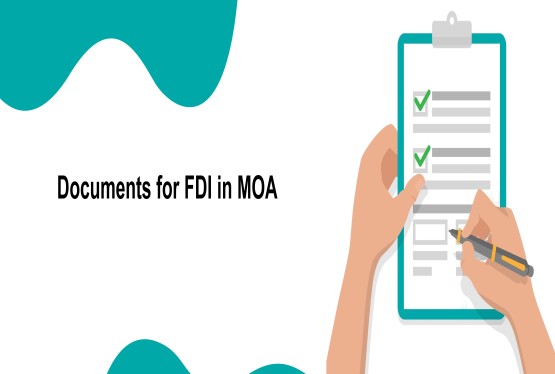
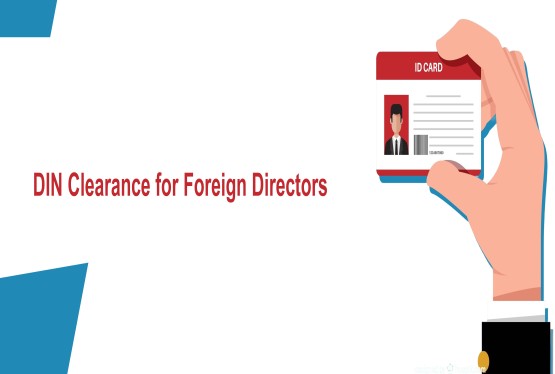

_learn_crop10_thumb.jpg)
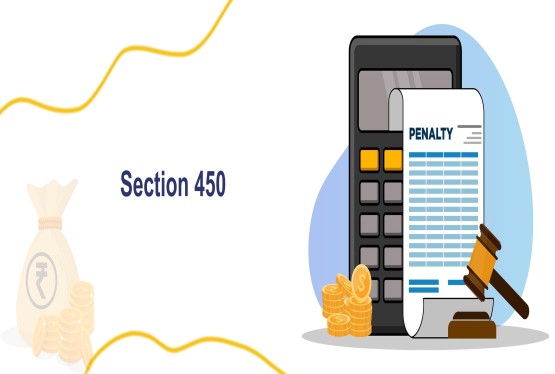
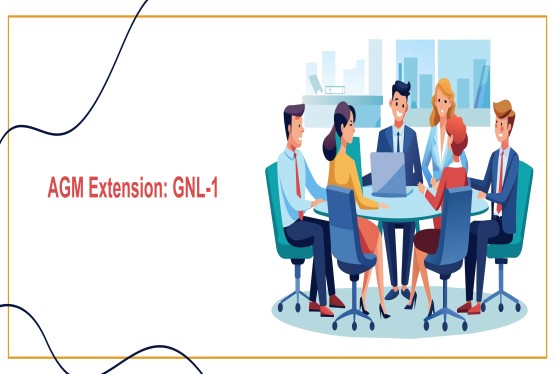
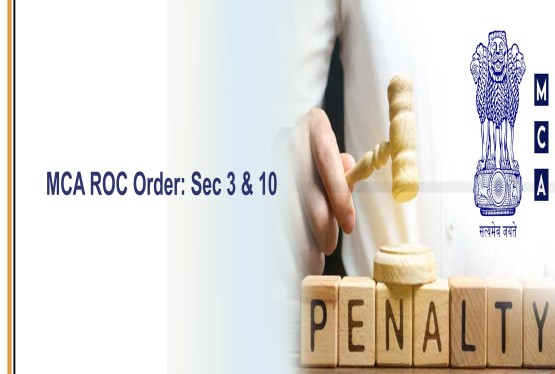
_rd_roc_learn_crop10_thumb.jpg)
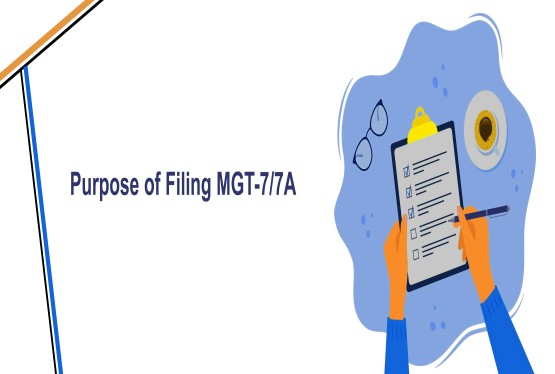



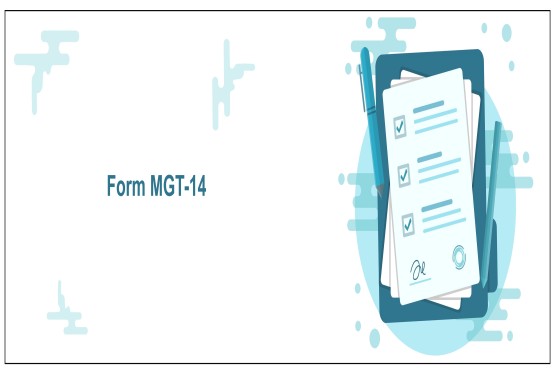
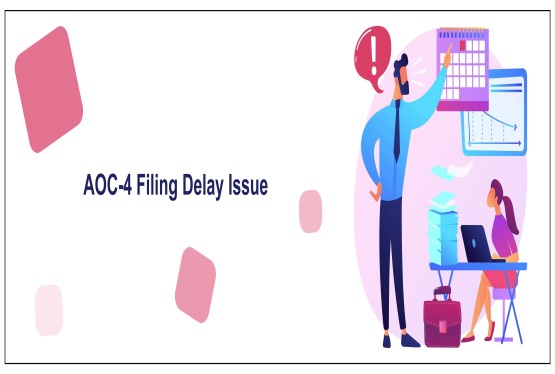
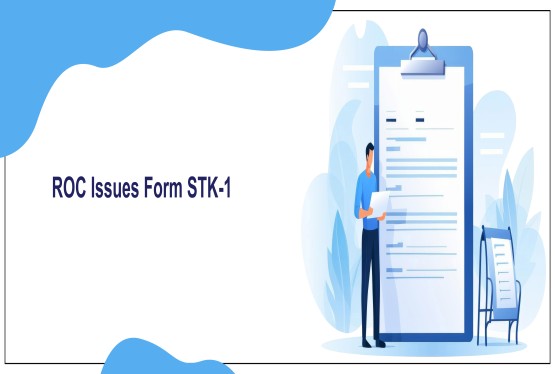






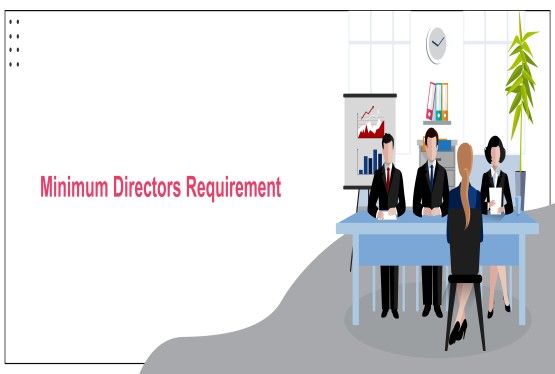

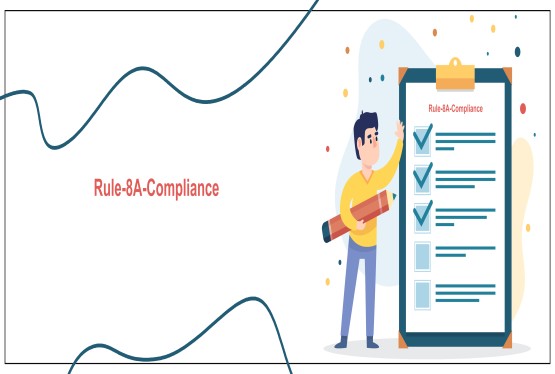
_learn_crop10_thumb.jpg)
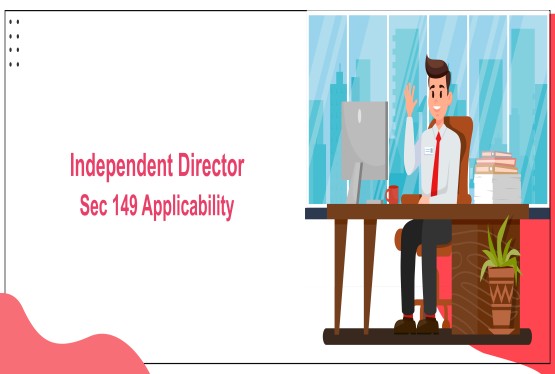
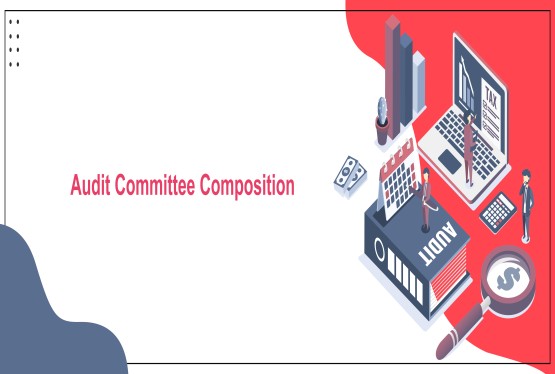
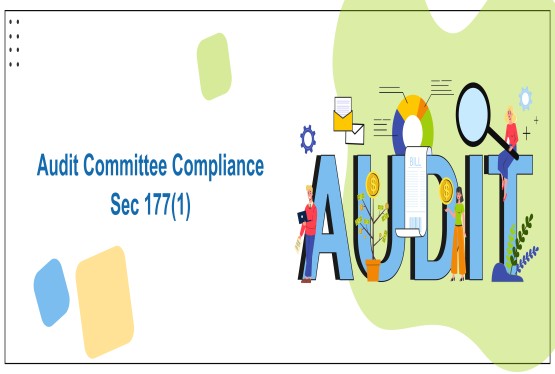



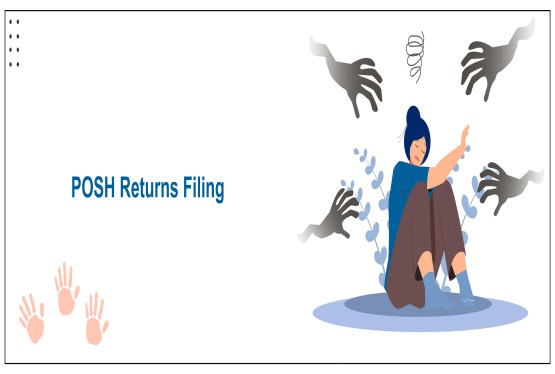
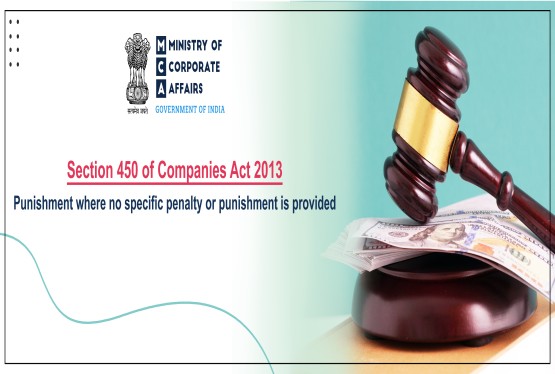

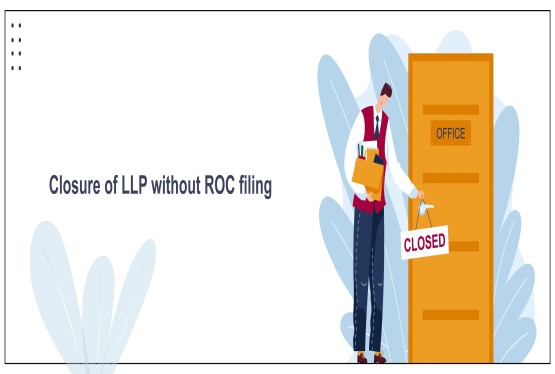


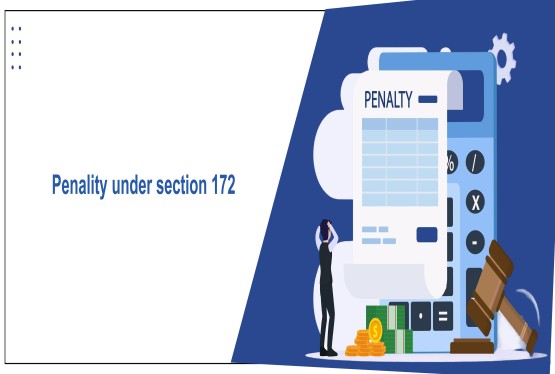
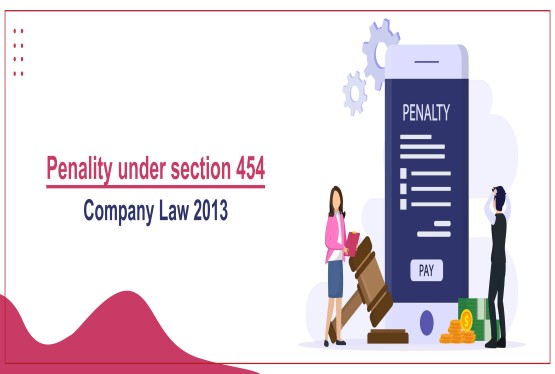
_learn_crop10_thumb.jpg)
_Learn_crop10_thumb.jpg)
